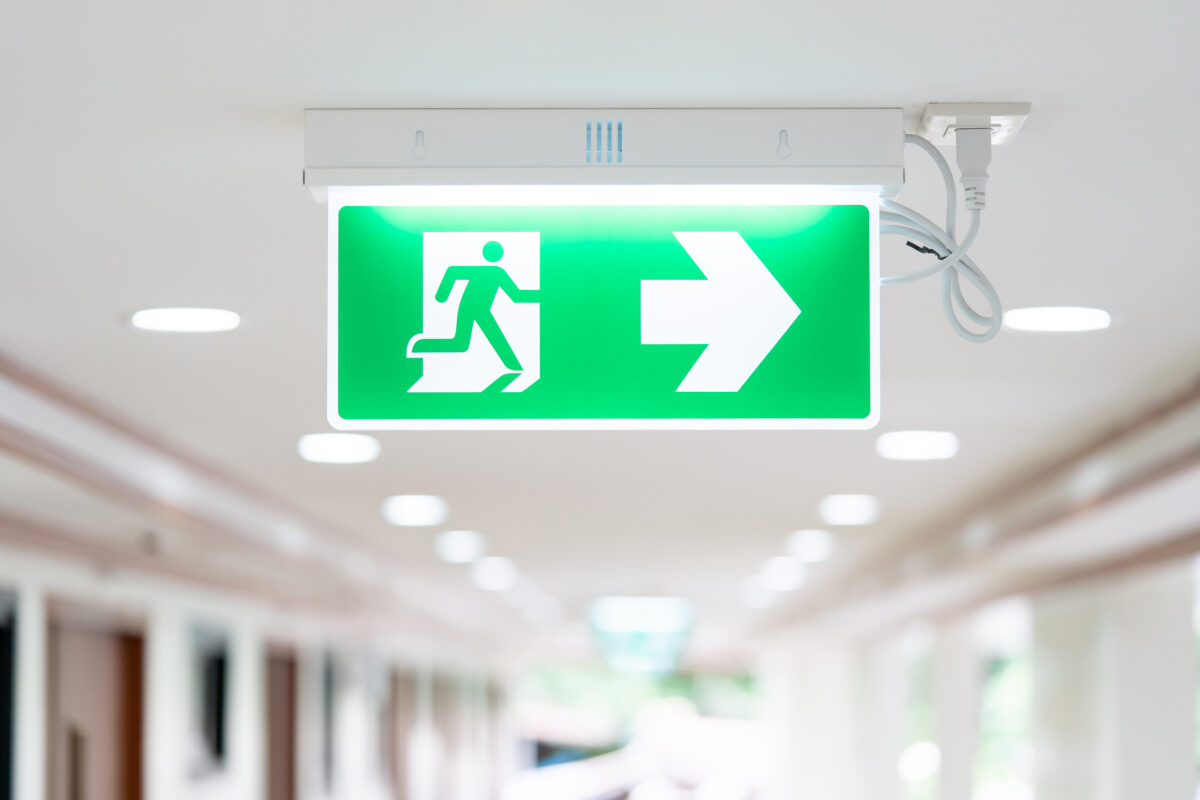Means of warning and escape design and analysis
As per Approved Document B, the means of escape refers to the inclusion of measures to alert occupants to a fire in a building, and the provision of the route along which people can escape from any point in a building to a final exit. This also included the measures taken to maintain the aforementioned routes.
When constructing a new building it is the purpose of the fire strategy to establish the objectives for means of escape. These include travel distances, escape within the apartments, escape within common areas, escape within various other accommodation on-site, disabled evacuation, number of escape routes and final discharge widths based on occupancy load factors. Each identified Purpose Group will be analysed with consideration given to independent means of escape and any impact caused by reliant evacuation.

External Fire Spread Analysis
External fire spread analysis is a crucial aspect of building safety and design, especially in construction using materials prone to fire risks like timber or certain cladding systems. This analysis evaluates how a fire might propagate externally on a building’s facade, potentially endangering occupants and neighbouring properties. Factors considered include:
Materials Used: Assessing the flammability of the materials used in the construction of the building’s exterior. Timber, certain types of cladding, or insulation materials can contribute to external fire spread if not properly treated or protected.
Building Design and Layout: Analysing the layout and design of the building to identify potential pathways for fire spread, such as gaps, cavities, or external features that could facilitate the rapid movement of fire.
Fire Resistance: Evaluating the resistance of the building’s exterior to fire. This involves assessing the fire-retardant properties of materials used and how well they can withstand external fire exposure.
Fire Safety Measures: Reviewing the installation of fire safety measures such as fire barriers, sprinkler systems, or fire-resistant coatings to mitigate external fire spread risks.
Regulatory Compliance: Ensuring compliance with building codes and regulations pertaining to external fire spread. This includes standards that dictate the maximum extent to which a fire can spread externally on a building’s facade.
Simulation and Testing: Conducting simulations or tests to model potential fire scenarios and evaluate the building’s response to external fire spread, helping to identify weaknesses and refine fire safety strategies.
Following the tragedy at Grenfell and subsequent fire safety reform, authorities and regulators often scrutinise this aspect closely during the approval process for building designs and materials, emphasizing the importance of a comprehensive external fire spread analysis in construction projects
Services
Policies

FDS Consult UK Limited,152 – 154 London Road,
Greenhithe, Dartford,
Kent, DA9 9JW.
Copyright © 2009 – 2023 FDS Consult UK Limited
Registered Office: 152-154 London Road, Greenhithe, Dartford, Kent, DA9 9JW.
Registered in England: 12601647